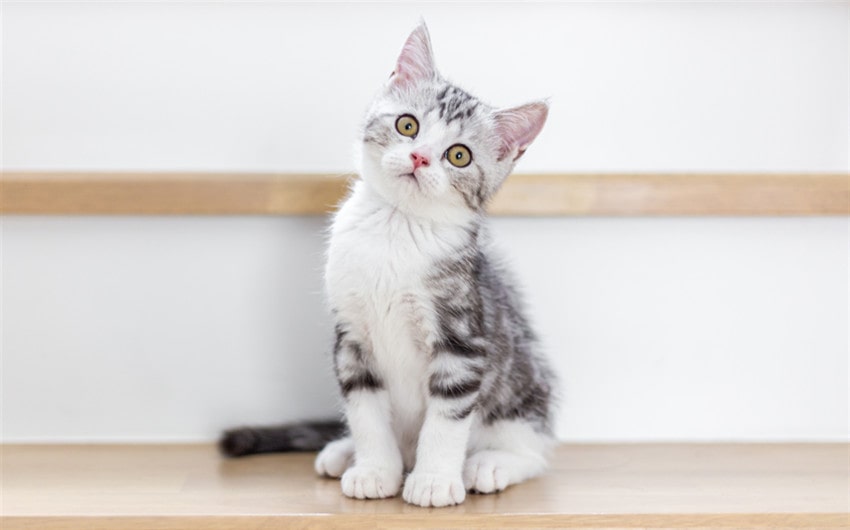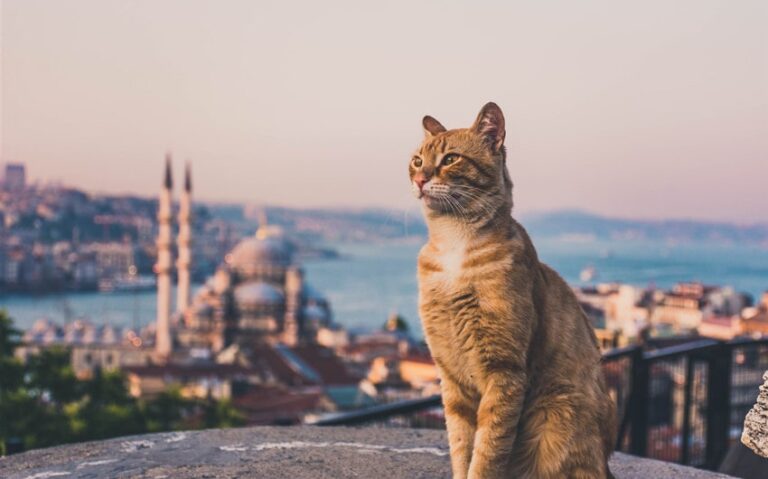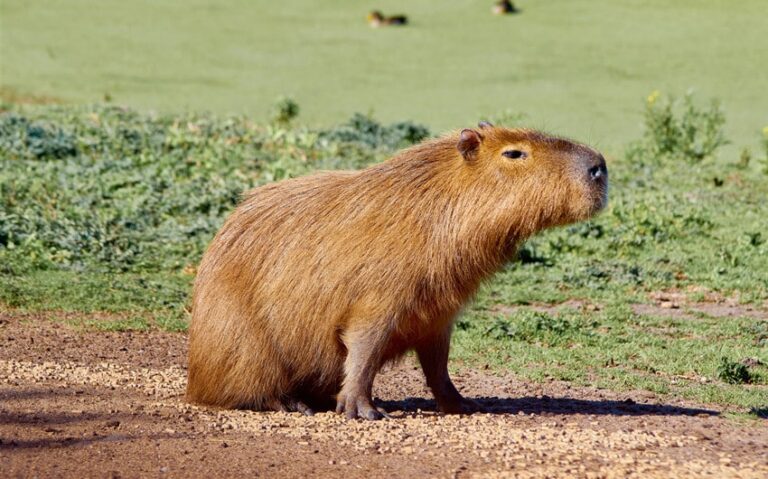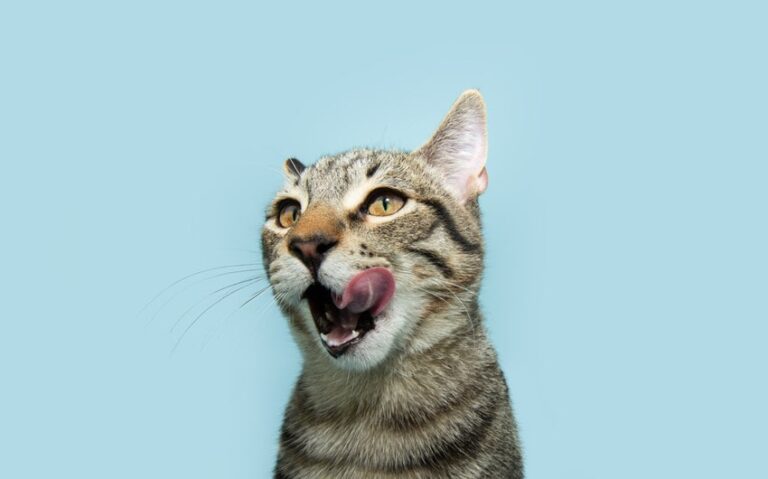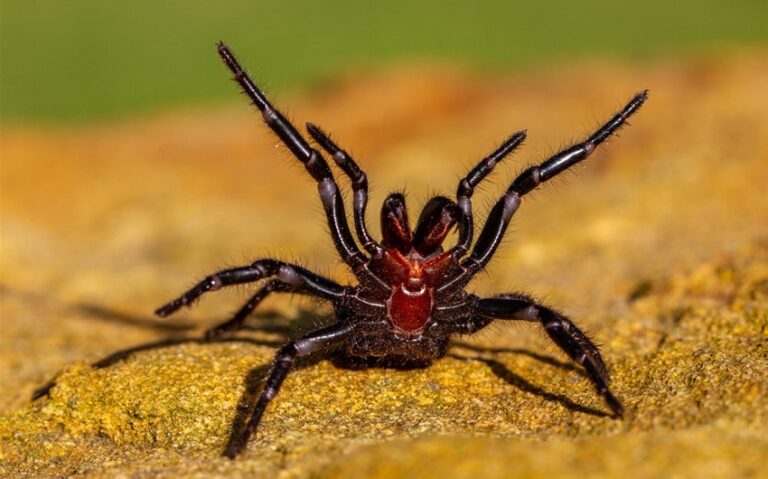Why Are Cats So Affectionate? Understanding the Soft Side of the Fierce
Cats have a reputation for being cool and aloof, but if you’ve ever lived with one, you know the truth is more complicated. One minute they’re napping across the room, the next they’re headbutting your face or curling up in the crook of your arm like you’re the only safe place on Earth. So what’s the deal? Why are cats—supposedly independent and standoffish—so affectionate? The answer, it turns out, is part biology, part behavior, and part quiet magic.
Cats Are Selectively Social—Which Makes Affection More Meaningful
Unlike dogs, who evolved as pack animals with strong social hierarchies, cats come from solitary hunters. Their wild ancestors survived alone, relying on stealth, strategy, and solitude. So affection wasn’t baked into their DNA the same way it was for canines. This means that when a cat chooses to show affection, it’s not a reflex—it’s a decision.
Modern domestic cats are what biologists call “facultatively social.” That means they can form bonds, but they don’t have to. They decide who to trust and how to express it. When your cat seeks out your lap or nudges your leg with its head, it’s not just looking for warmth. It’s choosing to connect. In feline terms, that choice is profound. It’s their version of saying, “You’re part of my safe zone.”
So while cats may not greet you at the door with full-body enthusiasm like a dog, their affection is subtle, measured, and intentional—which is why it often feels more intimate when it arrives.
Slow Blinks, Purring, and Headbutts: Their Language of Love
Cats speak affection through behavior, not words. And their language can be easy to miss if you don’t know what to look for. A slow blink, for example, is one of the clearest signs of feline trust. When a cat looks at you, closes its eyes slowly, then opens them again—it’s communicating peace and comfort. If you return the gesture, you’re basically saying “I love you” in cat language.
Headbutts (also called “bunting”) are another form of bonding. Cats have scent glands on their heads and cheeks, and when they rub or nudge you, they’re not just being cute—they’re marking you with their scent. It’s a way of saying, “You belong to my group.”
And then there’s purring. Often a sign of contentment, purring also has therapeutic effects—both for the cat and for you. Studies show that the frequency of a cat’s purr can promote healing and reduce stress. It’s not just a sound. It’s a vibration of safety and presence. When your cat purrs while sitting on your lap, it’s enveloping you in its calm, even as it draws calm from you.
Early Socialization Plays a Big Role in Affection
Not all cats are equally affectionate—and early life experience has a lot to do with it. Kittens who are handled gently and regularly by humans between the ages of 2 and 9 weeks are more likely to grow into adults who are comfortable with touch, attention, and human interaction.
This “sensitive period” is when kittens learn what’s safe. If humans are a regular, positive presence, they become part of the kitten’s comfort map. But even adult cats who weren’t well-socialized as kittens can become affectionate with time. Consistent care, gentle handling, and patience can teach even shy or skittish cats that human contact can be safe—and even enjoyable.
That’s one of the most rewarding parts of building trust with a cat. It may take time, but once earned, their affection feels deeply personal. It’s not inherited—it’s nurtured.
Warmth Is a Big Part of the Appeal—You’re Basically a Cozy Spot
One of the simplest (and most charming) reasons cats are affectionate? They love warmth. Literally. A cat’s resting body temperature is higher than a human’s—around 102°F—and they’re always on the lookout for warm places. Sunny windows, heated blankets, and yes, your lap.
This doesn’t mean their affection is purely utilitarian, but it does play a role. Cats gravitate to warmth for comfort, safety, and efficiency. And since you’re a mobile, heated cushion who also provides gentle touch and soothing voice tones, you’re kind of the total package. Curling up on you is warm, safe, and emotionally satisfying.
It’s a mutual comfort exchange. They get your body heat. You get their presence, purring, and a sense of calm that’s hard to replicate.
Oxytocin and Feline-Human Bonding Chemistry
Science supports the emotional bond we feel with cats. When a cat interacts with a trusted human—especially during petting or eye contact—both cat and person experience a rise in oxytocin, often called the “love hormone.” It’s the same hormone that builds bonds between mothers and babies, or between romantic partners.
This chemical feedback loop helps explain why we get warm feelings from even the smallest gestures: a soft meow, a tail curl, a paw on your chest. The act of petting your cat can lower your blood pressure, reduce anxiety, and increase feelings of connection. And your cat feels it too. The bond is mutual—even if your cat plays it cool.
Some studies even show that cats recognize their owner’s voice and scent, preferring them to strangers. They may not run to greet you like a dog would, but they know you. And they like you enough to stick close.
Sometimes Affection Is Strategic—But Still Genuine
Cats are smart. And sometimes, they use affection strategically. If your cat headbutts you and then leads you to the food bowl, it knows what it’s doing. Affection can be part of a feedback loop: affection leads to good things. But that doesn’t make it manipulative. It’s just learned behavior.
In fact, this practical affection mirrors how cats interact with each other. In multi-cat groups, grooming, closeness, and sharing space are often linked to social harmony and resource access. With humans, the same thing applies. If your cat shows affection when it wants food, play, or attention, it’s not faking it—it’s associating you with safety and reward.
And sometimes, when your cat sits beside you with no clear agenda, it’s just affection, plain and simple. No food required. Just presence.
So, Why Are Cats So Affectionate?
Because they’ve learned that humans can be trusted. Because we’re warm, safe, and kind. Because affection, for cats, is a choice—not an obligation. And when they choose us, it feels personal, deliberate, and quietly profound.
They blink slowly, nudge gently, purr softly—and somewhere in all that stillness is a very real kind of love. Not loud. Not obvious. But there, waiting, every time they curl up next to you and exhale into the shape of your day.
